June 7, 2025 | 08:38 GMT +7
June 7, 2025 | 08:38 GMT +7
Hotline: 0913.378.918
June 7, 2025 | 08:38 GMT +7
Hotline: 0913.378.918
In mid-2023, the People's Committee of An Giang province revoked a series of sand mining licenses that violated the conclusions of the Government Inspectorate. Several sand mining enterprises on the Hau river were also penalized for repeatedly exceeding the boundaries of their licensed mining areas.
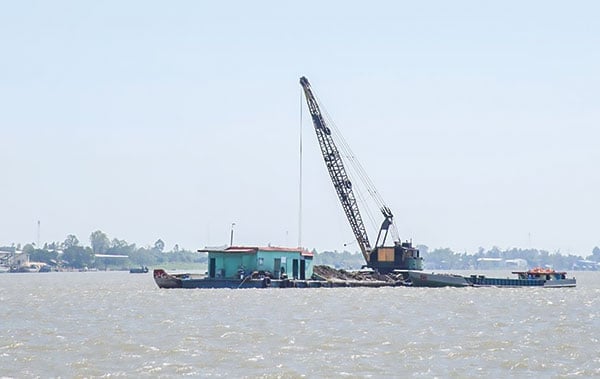
Sand mining activities on the river in the Mekong Delta. Photo: Minh Anh.
The AIS (Automatic Identification System) monitoring tool supports the timely detection of these violations. Previously, such actions were only discovered during direct inspections. However, with AIS technology, the entire violation journey is clearly recorded, including the time, coordinates of the extraction, and the transportation route.
The AIS Automatic Monitoring System functions as a "watchful eye," allowing for strict monitoring of the activities and movements of vessels involved in dredging and sand mining on the river.
At the core of the AIS monitoring system is the installation of AIS signal devices on each vessel. These signals transmit real-time data about the vessel's location, speed, and direction of travel. Based on this data, the system can create electronic extraction zones on a digital map (Google Maps), with the licensed sand mining areas marked by virtual AIS signals. When a vessel moves outside the approved boundaries, the system immediately triggers an alert, enabling authorities to take prompt action.
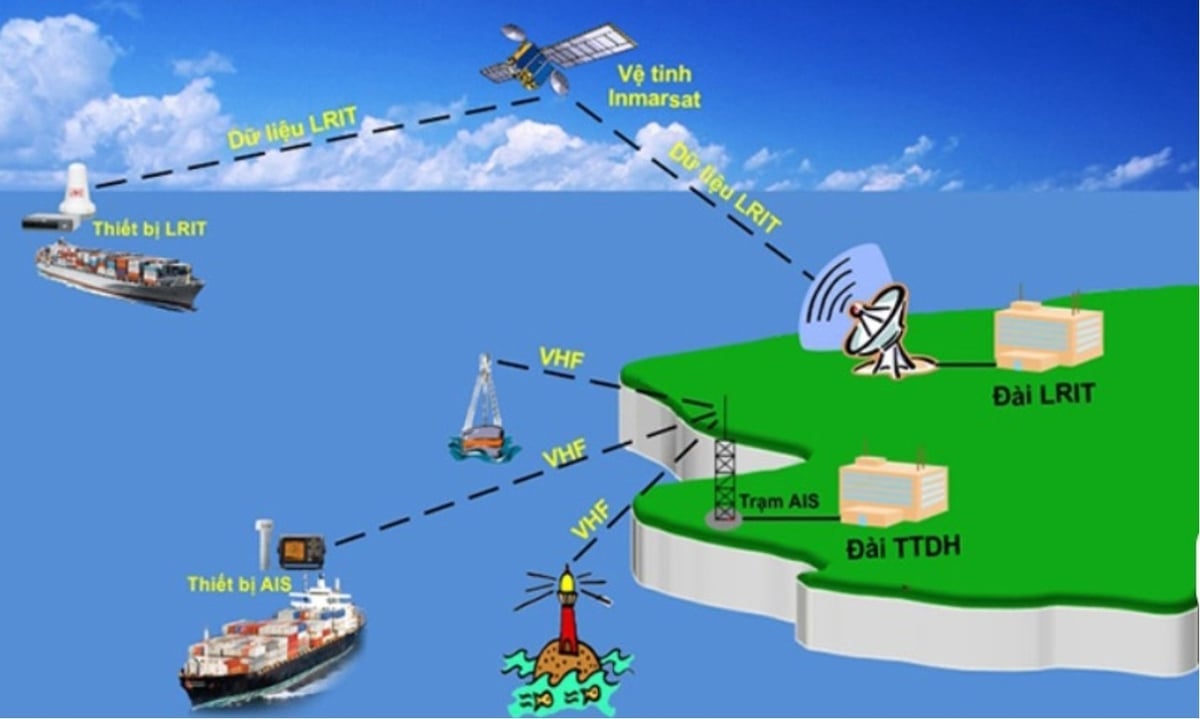
Illustration of the AIS Automatic Identification System. Photo: Thanh Huyen.
In addition, the system also monitors and records the entire journey of dredging vessels. From the time, coordinates of extraction to the transportation route, everything is continuously and thoroughly documented. The manager can retrieve and log the journey of each vessel over specific periods. This allows for tracking the frequency of activities, the number of dredging trips, and the volume of sand extracted per day or month. These figures serve as a basis for comparison with Environmental Impact Assessment (EIA) Reports to ensure that the volume of sand extracted does not exceed the permitted limit.
What stands out about the system is that all AIS data is transmitted directly to the local Department of Agriculture and Environment's Monitoring Center and is stored there for at least three years from the date of dredging completion, ensuring it is available for future reference and traceability when needed. This allows authorities to monitor in real-time, promptly detect violations, file penalty records, and manage the entire transportation chain, cross-referencing it with actual sand consumption.
Moreover, the AIS monitoring system also integrates the ability to track the entire extraction process, from dredging to transportation to waste disposal, helping management agencies capture complete and timely data while minimizing negative impacts on river and coastal environments.
Mr. Nguyen Ngoc Hoan, Director of EyeSea Technology JSC, shared: "With its continuous and almost real-time monitoring ability, the AIS system not only helps detect violations as they occur but also assists authorities in tracing the entire extraction and transportation process. This greatly limits indiscriminate mining and resource depletion."
Appreciating the advantages of the AIS monitoring system, the Department of Agriculture and Environment of An Giang province stated that, in the context of increasingly depleted mineral resources and the complex situation of illegal mining, the application of AIS technology is expected to play an important role in establishing mining discipline and ensuring sustainable development.
"Previously, monitoring mainly relied on river patrols, which consumed a lot of manpower, costs, and were easy to circumvent by violators. Now, with the AIS system, we can monitor the entire extraction and transportation process from the center, handling violations quickly and transparently," added the leadership of the Department of Agriculture and Environment of An Giang.
The effectiveness is even more evident with a reduction of over 60% in administrative violations related to sand mining compared to the period before the AIS monitoring system. Notably, some river routes that previously frequently faced illegal mining, such as the Hau river and Tien river, have now become more orderly.
Not only An Giang, but since the end of 2022, Dong Thap province has also installed AIS devices on all sand mining vessels with a capacity of 50 tons or more. This regulation applies uniformly to all active mineral mines in the province.
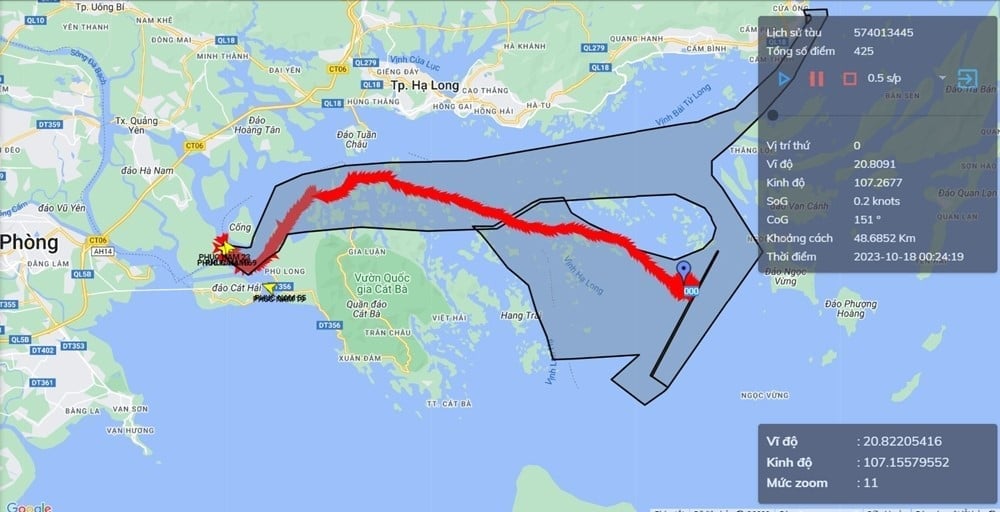
Illustration of vessel journey history query. Photo: Thanh Huyen.
In addition to monitoring vehicle journeys, Dong Thap has also integrated AIS data with the camera system at docks and storage areas. When a vehicle docks, the system automatically cross-references the journey data with the declared sand extraction volume, thereby quickly identifying cases of underreporting extraction volumes or illegal transportation.
Thanks to these measures, illegal mineral extraction in Dong Thap has significantly decreased. According to statistics from the Department of Agriculture and Environment of Dong Thap, within just one year of implementing the AIS monitoring system, violations related to exceeding extraction boundaries and illegal transportation decreased by more than 50% compared to the previous year.
Following the initial successes in An Giang and Dong Thap, the application of AIS technology in mineral extraction management is being expanded nationwide. Particularly since the government issued Decree No. 57/2024/ND-CP, which regulates the management of dredging activities in port water areas and inland waterways, the need for widespread AIS technology application has become even more crucial.
The decree clearly states that construction and vehicles involved in mineral extraction must be equipped with AIS devices, ensuring that journey data is accurately recorded. Compliance with this decree will help ensure effective monitoring and encourage mining units to adhere to environmental regulations.
Moreover, vehicle AIS data will be connected to provincial and central-level Mineral Resource Monitoring Centers, creating a continuous and interconnected control network.
Ministry of Agriculture and Environment is building a national database on mineral extraction based on AIS data, combined with extraction permits, actual production data, and resource taxes. This will fundamentally change the way mineral extraction activities are managed, shifting from manual, inconsistent inspection methods to a digitalized, transparent monitoring approach that can accurately trace all violations.
Translated by Kieu Chi
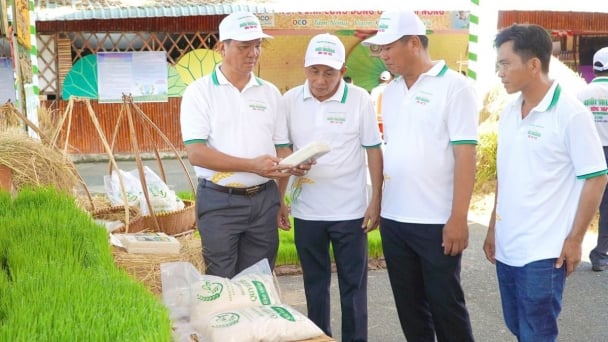
(VAN) Dong Thap has launched a meeting in response to the Action Month for the Environment under the theme 'Live Green - Join Hands for a Green Economy' at Tram Chim National Park.
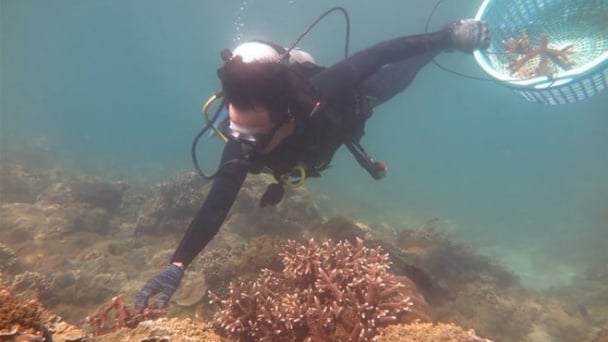
(VAN) The ocean has the capacity to absorb millions of tons of carbon, provided that mangrove forests, coral reefs, and biodiversity are protected.
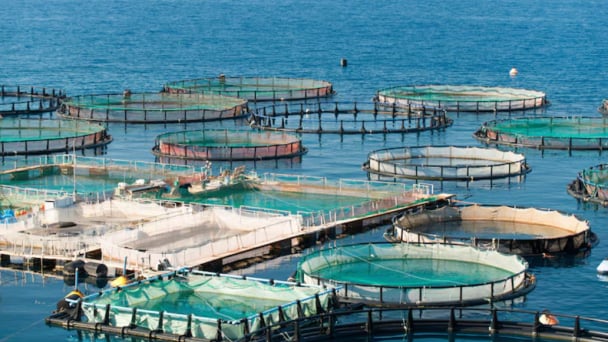
(VAN) Technology is redrawing the map of Vietnamese aquaculture: more modern, greener, and more sustainable.

(VAN) Novel process harnesses machine learning to reveal groups of genes that determine how efficiently plants use nitrogen.
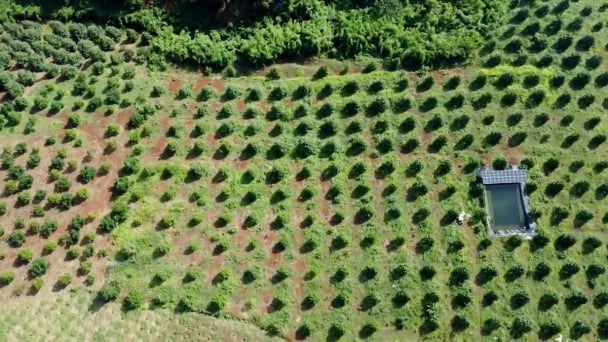
(VAN) Several scientists and farmers are experimenting with soil treatment in some key durian-growing regions such as Cai Lay (Tien Giang), Dak Song, Gia Nghia, and Dak R’lap (Dak Nong).
/2025/05/25/4127-3-073637_820.jpg)
(VAN) Thanks to the promotion from an FAO-implemented project, vegetable production in greenhouses in Moc Chau has seen strong development, from 1.5 hectares in 2021 to nearly 50 hectares in 2024.
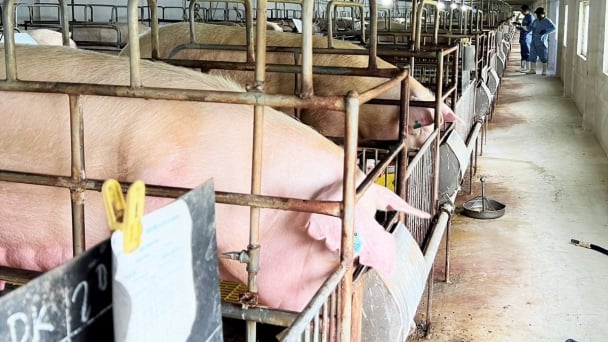
(VAN) FAO has recently supported USD 140,000 to implement the project 'Risk mitigation human-animal interface risks through disease control initiatives in pig farming.'